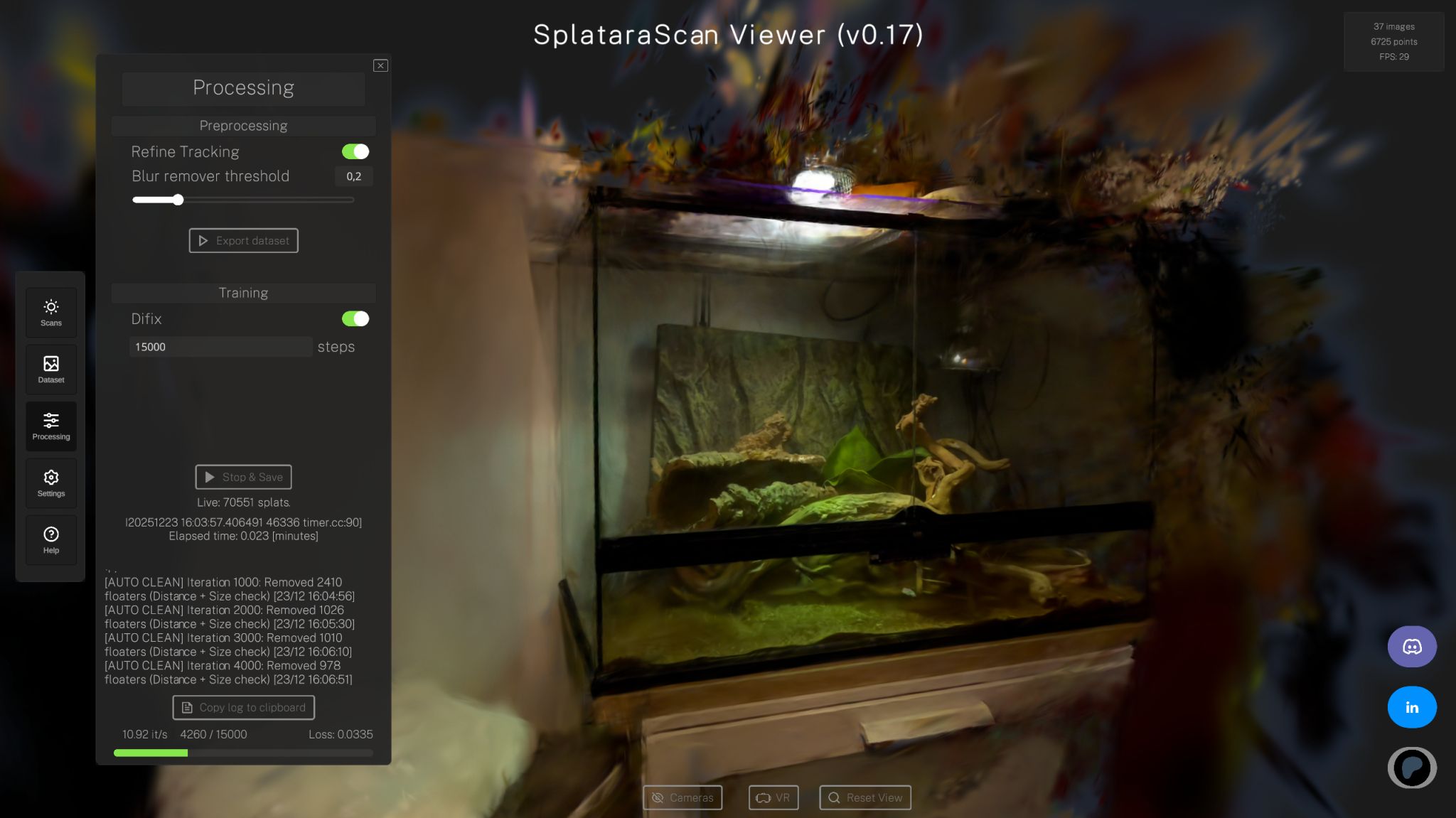

Michael Rubloff
Nov 12, 2025
It was only a matter of time before one of the world model frontrunners turned its research momentum into a public product. This week, World Labs, the company led by AI pioneer Fei-Fei Li, announced the full launch of Marble, its first commercial generative world model.
Marble represents a significant step in the young field of spatial AI. It's a platform that transforms text prompts, photos, videos, panoramas, or even coarse 3D layouts into editable, persistent 3D environments. Unlike transient world generators that re-invent geometry each time you move through them, Marble produces stable, explorable scenes that can be exported as Gaussian splats, meshes, or videos — all directly from a browser.
Marble first appeared in limited beta in September, building on the research lineage that placed World Labs among the most closely watched AI startups in the world. The company emerged from stealth just over a year ago with $230 million in funding and a founding team that includes some of the most influential names in spatial AI, Ben Mildenhall, Justin Johnson, Christoph Lassner, and Fei-Fei Li herself.
Today’s release expands Marble into a freemium platform with four subscription tiers, ranging from a no-cost entry point to a $95 per-month “Max” plan with commercial rights, expanded generation credits, and full editing access.
“Marble is a brand-new category of model — one that generates 3D worlds,” said Justin Johnson, co-founder of World Labs. “You should be able to dive deeper, to have real control over what you’re generating. The machine shouldn’t take the wheel.”
That philosophy defines Marble’s hybrid 3D editor, Chisel, which lets users block out simple geometric layouts before prompting the model to fill in visual detail. Think of it as decoupling structure from style, like HTML and CSS for 3D space. A creator can rough out walls and floors, label a surface “glass,” and then let the AI paint its material and lighting context.
Marble also introduces “Click and Expand,” a feature that grows worlds beyond their original bounds. When you reach an edge, you can instruct the model to extend the environment seamlessly, creating entire explorable landscapes from a single seed scene. The complementary Compose tool lets users join multiple worlds together.
For those building real production pipelines, Marble’s export layer may be its most consequential innovation. Worlds can be downloaded as Gaussian splats, either full resolution (2 million splats, .ply or .spz) or lightweight 500k versions optimized for real time playback. Additionally, traditional standard polygonal meshes can also be exported.
These assets are already compatible with major engines like Unreal, Unity, Houdini, and Blender, along with emerging dev tools tracked in the Radiance Fields ecosystem. Worlds can also be viewed natively in VR on Vision Pro or Quest 3 headsets, making Marble one of the first commercial world model products to bridge AI generation and immersive display in a single workflow.
Li frames Marble as the first tangible step toward “spatially intelligent world models” — systems that not only render 3D geometry, but understand how things exist and interact within it. If large language models taught machines to read and write, she argues, world models will teach them to see and build.
That premise is already resonating with creators across gaming, visual effects, and VR. For game developers, Marble offers a new way to prototype or populate environments; for VFX artists, it circumvents the camera inconsistencies common to AI video generators by giving them full spatial control. Even robotics researchers are beginning to look at Marble for synthetic data generation, a long-standing bottleneck for training embodied agents.
World Labs has been explicit that Marble is only the beginning. Its roadmap suggests a steady layering of tools that bridge creative expression and simulation. And for the broader radiance-field community, it’s a sign that Gaussian splatting is fast becoming the connective tissue between world generation and world interaction.
Learn more and get started with World Labs here.







